Madagascar's lush rainforests are home to some of the most unique wildlife on Earth. Among its most iconic and fascinating animals are lemurs, a group of primates that evolved in isolation and exist nowhere else in the world. Lemurs are some of the earliest primates to appear on Earth, offering valuable insight into primate evolution.
In this article, we’ll introduce you to 11 major types of lemurs, including living and extinct species, and explore the unique traits that make these creatures a treasure of Madagascar’s biodiversity.

Before diving into the different types of lemurs, let’s explore their common traits:
Lemurs are strepsirrhine primates, meaning they have a moist nose and highly developed sense of smell, used for marking territory and identifying individuals.
Most have long tails to aid in balance while moving through the trees.
They walk on all fours and have opposable thumbs to grasp branches.
Lemurs are endemic to Madagascar, not found in the wild anywhere else on Earth.
They have nails instead of claws, long fingers, and relatively small brains.
Lemurs are highly vocal and social, often living in groups and communicating through complex calls.
Lemurs are classified into several families, each with distinct behavioral and anatomical characteristics. Let’s explore them below.
This is the most familiar lemur family. Most members are medium-sized, arboreal, and active during both day and night. They use their tails for balance and typically walk on all fours.
Famous for their black-and-white ringed tails.
Spend significant time on the ground—unusual for lemurs.
Highly social, forming groups of up to 25 individuals.
Eat fruits, bark, sap, and roots.
Larger in size, measuring 50–60 cm long.
Fur can range from white to reddish hues.
One of the few lemurs that build leaf nests for their young—a rare trait among primates.
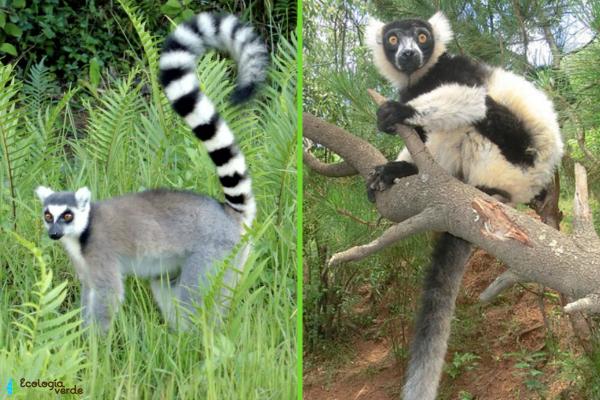
These are the smallest primates in the world, mostly nocturnal, with short limbs and large eyes for night vision. They are known for going into torpor during the dry season.
Measures about 30 cm with a thick, bushy tail.
Has a long tongue and large premolars, adapted for eating tree gums and resins.
Uses its teeth to chisel bark to access sap.
Measures just 10–15 cm.
Omnivorous, feeding on insects, fruits, and flowers.
Females carry newborns in their mouths during the first few weeks—an uncommon maternal behavior.
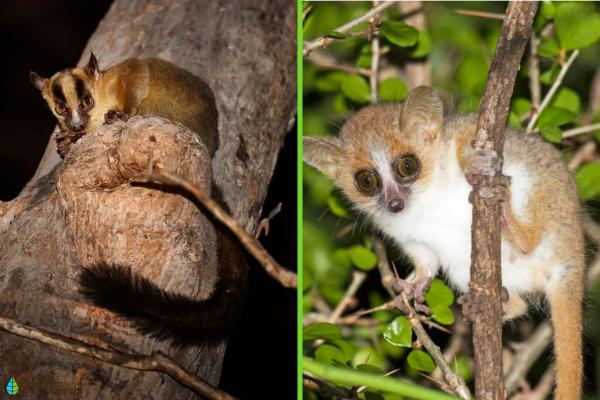
Also known as “weasel lemurs,” these lemurs are strictly nocturnal, leaf-eaters, and highly sedentary. They live entirely in the trees, where they leap between branches.
Gray upper fur and white underside, including white feet.
Often sits upright on tree trunks, resting or foraging for leaves.
Reddish-gray fur with small, rounded ears.
Found mainly in northern Madagascar and nearby islands.
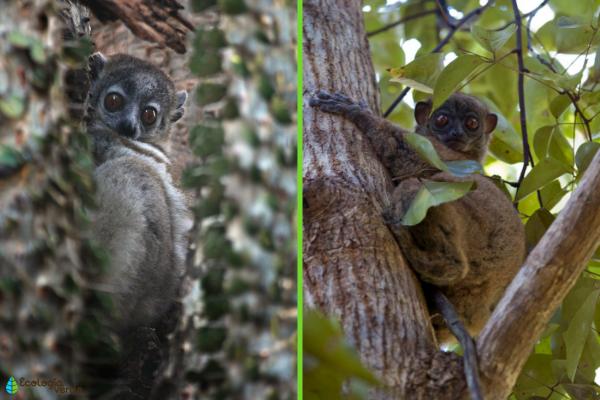
This family contains the largest living lemurs. They have long, powerful hind legs and thick woolly fur. While sifakas have long tails, indris have a vestigial (non-functional) tail.
The largest extant lemur, reaching up to 75 cm.
Tailless and known for their loud, eerie calls used to communicate across forests.
Considered sacred by some Malagasy communities.
Mostly white with reddish patches on the limbs.
Moves through trees with impressive vertical leaps.
On the ground, it hops sideways in a distinctive gait.
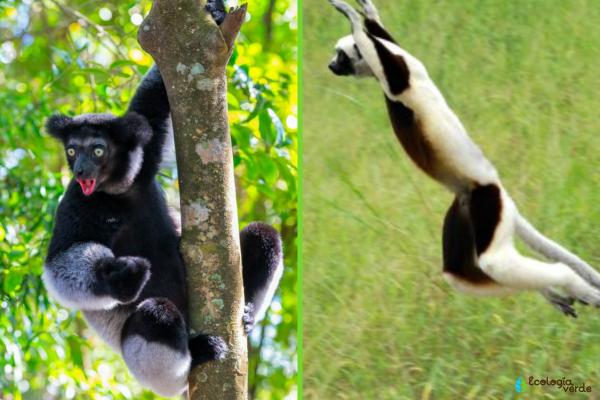
This family contains just one species, the Aye-aye, a lemur so strange it was once thought to be a rodent.
Has a bizarre appearance: large ears, scruffy fur, and a long, thin middle finger.
Taps on trees to detect grubs, then uses its finger to extract them.
The only primate to use percussive foraging.
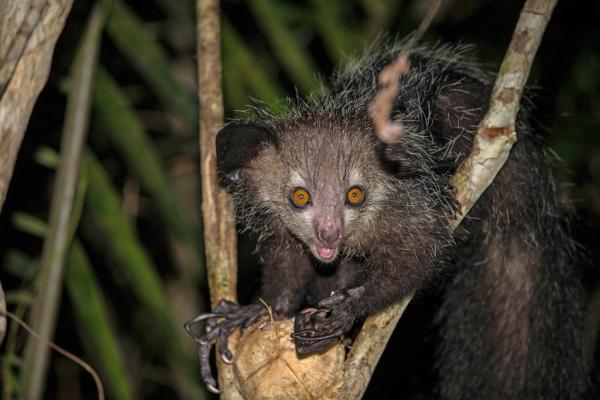
Sadly, Madagascar has already lost several lemur species due to human activity, hunting, and habitat loss.
Some weighed up to 140 kg, rivaling gorillas in size.
Extinct around 500 years ago, likely due to overhunting.
Belonged to the Lemuridae family but had robust bodies and fruit-based diets.
Weighed up to 10 kg and played a vital role in seed dispersal before going extinct.

Lemurs are not just cute primates — they are evolutionary relics that represent a branch of primates separate from monkeys and apes. Their diversity, behaviors, and adaptations are a testament to millions of years of evolution in isolation.
However, 90% of all lemur species are now threatened with extinction, making them one of the most endangered groups of mammals on Earth.
If you’d like to learn more about lemur conservation and whether lemurs are endangered, check out our related article:
Are Lemurs in Danger of Extinction?
animal tags: Lemurs
We created this article in conjunction with AI technology, then made sure it was fact-checked and edited by a Animals Top editor.